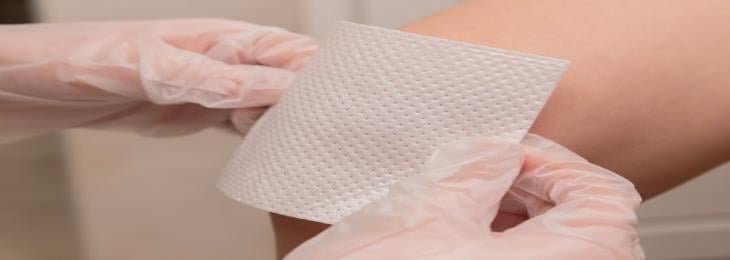
Researchers used carbon monoxide for the benefit of patients, and a surprising result resulted from this. They intend for gastrointestinal problems to take a new direction.
Normally, carbon monoxide is regarded as a dangerous gas. It can cause death in high dosages due to its capacity to bind to haemoglobin in the blood, which stops red blood cells from delivering oxygen. The gas's medicinal capabilities are less widely understood, though. It seems to have therapeutic potential in lowering transplant rejection and inflammation in a range of illnesses, including gastrointestinal disorders. It has substantial anti-inflammatory effects at low dosages. Furthermore, given the gas's capacity for poisoning, people and medical professionals would understandably be reluctant to use it.
A carbon monoxide-loaded foam has been developed by MIT researchers as a potential treatment for inflammatory diseases. The gas has strong anti-inflammatory properties even though it is hazardous if inhaled in big levels. It is difficult to get it into the digestive tract, though, to treat inflammatory illnesses like colitis. The researchers created consumable foams those were similar to those found in upscale restaurants and added modest amounts of carbon monoxide to them. The delectable foam that these restaurants are famous for serving to their affluent customers was utilised by the researchers. They ingeniously adjusted the amount of Xantham gum present, which further served as a stabiliser, to adjust the release characteristics of the gas-loaded foam. Furthermore, they added CO gas to the foam using a customised syphon. In preliminary trials in rodents, the delivery technique demonstrated therapeutic efficacy in a range of inflammatory disease models. The foam can be consumed or administered directly into the bloodstream. The ability to deliver a gas creates entirely new possibilities for therapies. This presents an innovative new perspective to consider how clinician can assist patients.
Ingredients including methyl cellulose, alginate, and maltodextrin, which are all edible, were used by the researchers to create the foams. The foam is currently being put to the test in terms of how well it can cure various inflammatory disorders in animals. In example, they looked into it in the context of mouse liver injury brought on by acetaminophen overdose. The gas in the foam, when administered directly into the bloodstream, entered the liver and greatly lessened the injury and inflammation to the organ.






